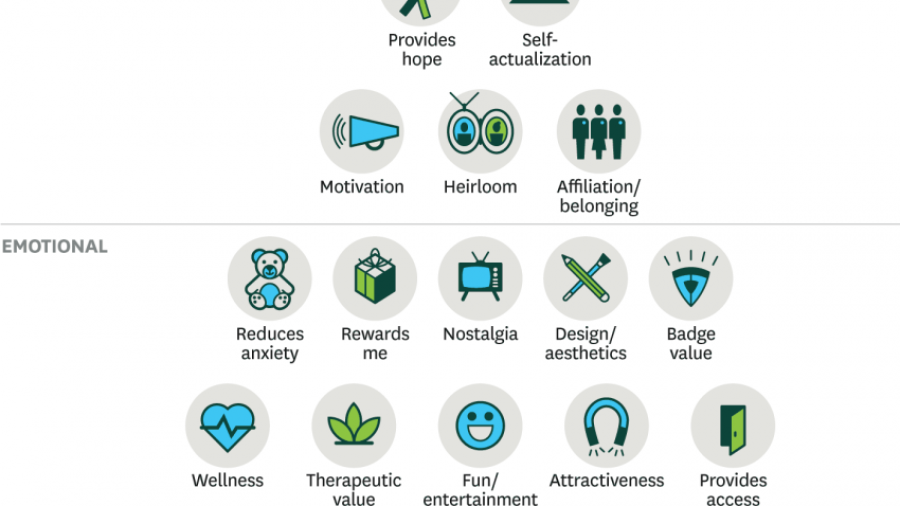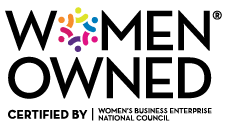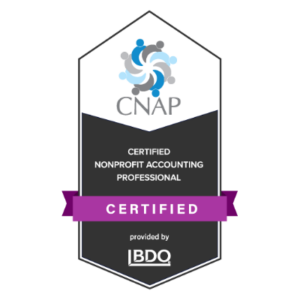If you’re a highly ambitious, Type A, make-it-happen entrepreneur, who’s passionate about growing your business, AND you’re about to have a baby, you must read this.
You are excited for your little one to arrive. You’ve probably meticulously planned his or her nursery (and of course you know the gender, because TYPE A!) and have all the little clothes hung neatly in the closet, arranged by size. You know where you’ll deliver and maybe even have some meals socked away in the freezer for after his or her arrival.
You are also a busy entrepreneur. You’re hustling daily (and you love it) and your business is growing, maybe faster than you’d anticipated. Your days are filled with client work, potential client sales calls, and you’re being asked to speak at different events. When you left your 9-5, you didn’t imagine it would all work out so well and you are energized and on fire (as much as can be for a pregnant woman).
Does this sound like you?
Then keep reading and let’s talk about what it’s like to be a new mom and an entrepreneur. I’ll give you a hint: it’s not at all like what you think it will be.
If anyone could do it all, it was me. The Queen of Efficiency and Productivity, I remember my husband remarking at my Master’s degree graduation celebration that he couldn’t believe I was even in grad school plus working full time plus commuting four hours a day because I just had it all together.
So naturally, I thought that having a baby would be similar. I’d give birth and be able to keep all of my client work going, hopping on the computer after a feeding or when the baby was sleeping. I knew I’d be tired, but it wouldn’t be that bad. I could do it all.
Turns out, even the Queen of Efficiency and Productivity needs help.
I am sharing my Five Proven Tactics to help you be fully present as a mom, which is critical in those first few weeks and months, AND continue to help your business (your first baby!) thrive.
1. Prepare financially in advance. You are your own boss and nobody is handing you any paid maternity leave, right?! As an entrepreneur you should be accustomed to saving in advance for business investments like a conference or a new computer, and maternity leave is no different. Figure out what your monthly number is then begin setting aside funds in advance. I had set aside three months’ worth of income, just in case all of my clients disappeared while I had the baby (they didn’t!) and it gave me a huge peace of mind. Voila! Paid maternity leave!
2. Tell your clients. I was super nervous about telling my clients that I was pregnant and would likely need to step away for a little while. What if they all left me and I was left with no job, no money, and no prospects? Turns out, that was ridiculous thinking. My amazing clients were not only understanding, but incredibly supportive (they even sent me thoughtful baby gifts!) and they managed to keep the lights on without me. You will feel a huge sense of relief once you tell your clients and come up with an agreement as to how long you’ll be unavailable and when you’ll dive into work again.
3. Give yourself a maternity leave. I am serious about this. I know you love your business and will want to get back to feeling “normal”, and a true leave might feel hard. You don’t have to disconnect for three months but you must give yourself some space for a minimum of two weeks. I made the mistake of not putting an out of office message on so I felt obligated to answer emails. I even took a call at just 7 days postpartum, where my mind was so foggy, it was almost an out-of-body experience. I looked back at my notes several weeks later and they were completely unintelligible, so I wonder how I sounded to the client! Trust me that your clients will wait (remember how long they took to finally sign your contract?!) and that you will feel much better after a break.
4. Ease in slowly. So maybe after two weeks you start answering emails, then another couple weeks you take sales calls, then a few weeks later dig into the actual heavier client work. I thought I’d have no problem handling bigger, strategic thinking type projects but I truly needed that time to let my brain begin to function normally after the hormone surge/drop and sleep deprivation.
5. Enlist help. It’s okay if sometimes that help comes in the form of car seat naps and Starbucks. I can’t tell you how much work I got done in three hour increments while my daughter slept in her car seat. I felt like a normal human by getting dressed and out of the house, she got a solid nap (when she likely wouldn’t have slept at home), and my client work got done. In fact, there was a point in time where we were frequenting Starbucks so much that her car seat began to take on the aroma of coffee beans. And, are you part of any neighborhood or community organization that uses a meal train? Get humble and SIGN YOURSELF UP. I felt weird about it at first (like, I can’t handle taking care of my own meal?) but when that friendly woman showed up on my doorstep with a bag full of chili, artisan bread, and brownies, a smile, and then left, I couldn’t have been more grateful.
Being a mom and an entrepreneur isn’t easy. I landed myself back in the hospital at three days postpartum with an infection, and spending the night in the ER with your tiny newborn isn’t all that fun. But these tips will help you get through those first weeks, focusing on your baby and yourself, and give you the confidence that your business will be there as soon as you’re ready.
And I promise you that your clients won’t run away.
Happy Mom-ing, Boss Lady!
(Disclaimer: Every mom’s birth and postpartum experience is different. Major love and respect to all the new parents out there. This is based on my experience alone!)

























